Race and Ethnicity: White - Starting with D
Derrick, Kimberly
 Leanne Derryberry
Leanne Derryberry
Des Arc and Peach Orchard Gap, Skirmishes at
 Desegregation of Central High School Protest Rally
Desegregation of Central High School Protest Rally
DeValls Bluff to Augusta, Scout from
DeValls Bluff to Searcy and Clinton, Scout from
DeValls Bluff to Strickland’s, Scout from
DeValls Bluff to West Point, Scout from
DeValls Bluff, Skirmish near (August 11, 1864)
Dewees, Mary
Dexter, Maury
aka: Morris Gene Poindexter
Dhonau, Jerry Franklin
Dial, Rick
 Rick Dial
Rick Dial
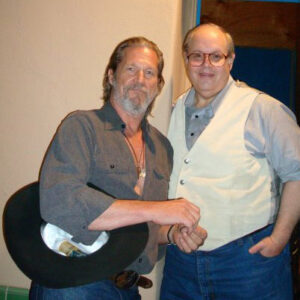 Rick Dial and Jeff Bridges
Rick Dial and Jeff Bridges
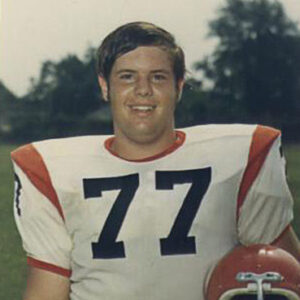 Rick Dial
Rick Dial
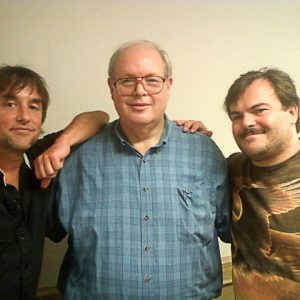 Rick Dial with Richard Linklater and Jack Black
Rick Dial with Richard Linklater and Jack Black
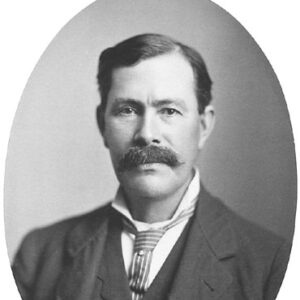 James Dibrell
James Dibrell
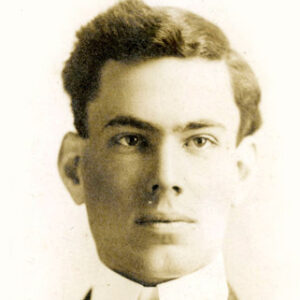 James L. Dibrell
James L. Dibrell
Dibrell, James Anthony, Jr.
Dickey, Ben
 Ben Dickey
Ben Dickey
Dickey, Betty
 Betty Dickey Campaign
Betty Dickey Campaign
Dickey, Bettye Fiscus
Dickey, Bill
aka: William Malcolm Dickey
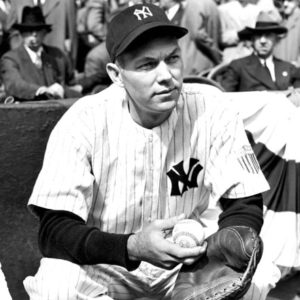 Bill Dickey
Bill Dickey
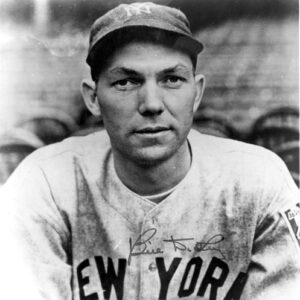 Bill Dickey
Bill Dickey
Dickey, Jay Woodson, Jr.
 Jay Dickey
Jay Dickey
Dickinson, Jim
Dickinson, Samuel Dorris
 Samuel Dickinson
Samuel Dickinson
Dickinson, Thomas (Execution of)
Dickinson, Townsend
 Townsend Dickinson
Townsend Dickinson
Dierks, Herman
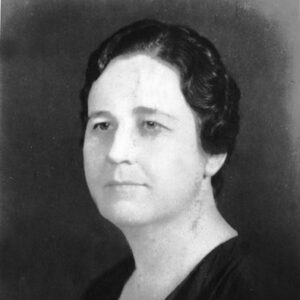 Agnes Diffee
Agnes Diffee
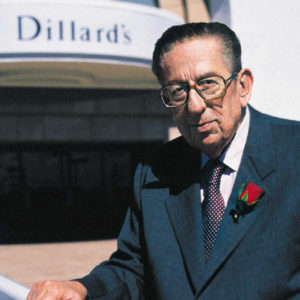 William T. Dillard
William T. Dillard
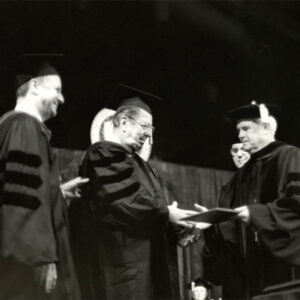 William T. Dillard Degree
William T. Dillard Degree
Dillard, William Thomas
 Melinda Dillon
Melinda Dillon
Dillon, Melinda Ruth
 Hugh A. Dinsmore
Hugh A. Dinsmore
Dinsmore, Hugh Anderson
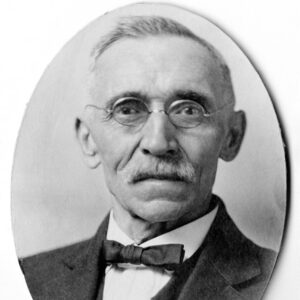 Joseph Dinwiddie
Joseph Dinwiddie
 Michael Disfarmer
Michael Disfarmer
Disfarmer, Mike
aka: Mike Meyer
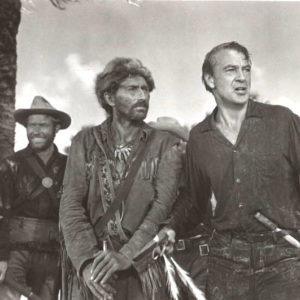 Distant Drums
Distant Drums




